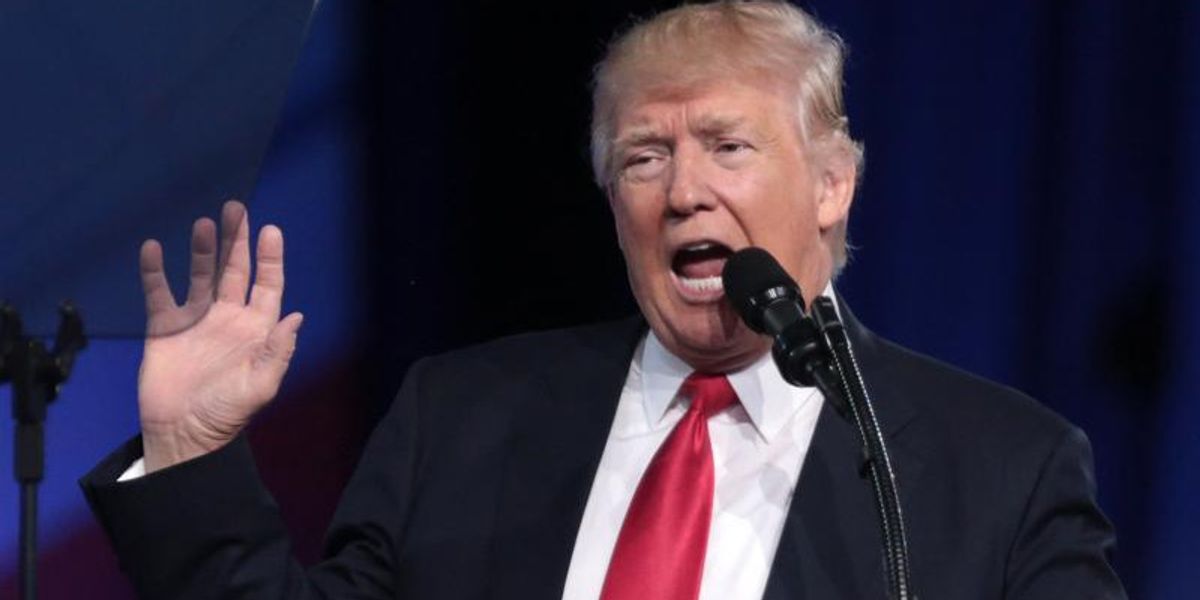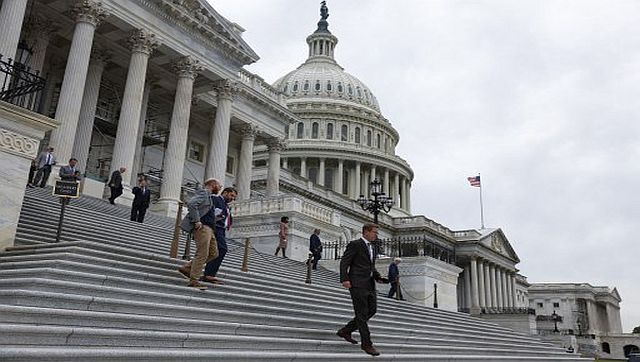
If a presidential nominee drops out, what happens to states’ ballots?
Raw StoryThis special report was written with contributions from States Newsroom’s 39 state news outlets. In Louisiana, for example, Deputy Secretary of State for Communications Joel Watson Jr., said the “nominees for president and vice president are not the candidates who are elected on November 5th, the people running for presidential elector are.” Iowa Secretary of State spokesperson Ashley Hunt noted that how electors vote in December is not governed by the state’s election statute, aside from signing a pledge when appointed to those positions by their party. “That is because while voters are voting on the ticket, in actuality, voters are voting for the slate of electors the party certified to the election division, and by law those electors, if elected to cast Indiana’s electoral votes, are pledged to support any successor candidate at the elector meeting.” Iowa: There is not a process for withdrawing a name from the ballot after the applicable withdrawal deadline, according to Ashley Hunt, spokesperson for the Iowa Secretary of State. South Dakota: The executive director of the South Dakota Democratic Party, Dan Ahlers, told States Newsroom he’s “not aware of any provision that allows for the replacement of a presidential candidate once the ballot is printed.” South Dakota’s deadline for general election ballots to be printed and in the possession of county auditors is Sept. 18. West Virginia: State law says that “county ballot commissioners in all 55 counties in West Virginia have the authority to determine that the ballot contains an ‘error’ that ‘is of sufficient magnitude to confuse or mislead the voters,’ if a presidential candidate drops out of the race after ballots are printed,” according to Donald M. Kersey, III, chief of staff and chief deputy secretary of state.
Discover Related






































)

